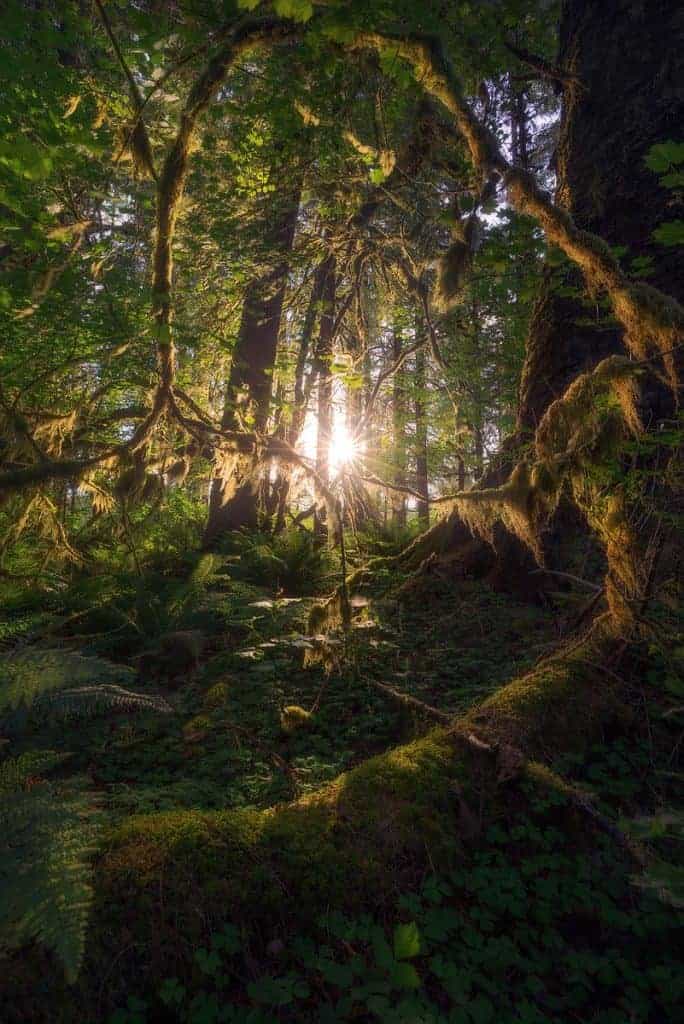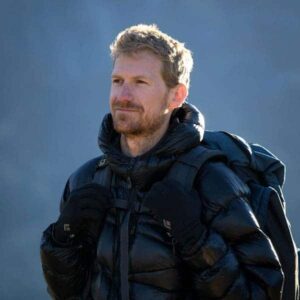Recently I released my first gallery consisting solely of forest images. I spent a week in Olympic National Forest this spring, each day wandering through the trees to find scenes that could capture its fairytale-like essence. Forests have a natural tendency to be chaotic and Olympic National Park, being so full of life everywhere, was no exception. I struggled but ultimately was able to come away with a decent portfolio of images that I enjoy and feel proud enough to share.
When I shared my images, many photographers expressed in their comments on how difficult they find forest scenes are to shoot. They were surprised at how well I was able to simplify the scenes and create order amongst the chaos. The foremost issue photographers have is not knowing what to look for before they even pull out their camera.
Here are some basic tips I came up with that can help you get the creative juices flowing next time you are out shooting forest scenes.
Find Staggered Arrangements
Finding the right grove or set of trees is a critical part of photographing forests. Look for groups of trees that are nicely spread apart from front to back, so there is a natural separation between objects to dilute the chaos and have a sense of depth. Avoid shooting from angles where you have significant trees overlapping one another. You should also find trees that are not crowded with lots of twigs or fallen branches to keep the scene from feeling too messy. You still want to have one tree that is your anchor that serves as a central focus among all of the other trees in the image. Find arrangements of trees that are nicely balanced and move or zoom in and out until you have excluded anything that is throwing the weight off too much.
Focus On A Single Tree
Instead of trying to include all of the trees around you, find one unusual or interesting tree that works as a strong subject and compose around that. Use the rest of the trees as a backdrop to complement your subject and tell the story of its surroundings. Shoot your hero tree in the right lighting as well, that helps it to stand apart and jump out from the rest of the scene so the viewer has a clear, central focus to rest their eyes on.
Shoot Backlit
Backlight in the forest can be great for simplifying chaotic and messy scenes. The glowing edges help objects to be differentiated from each other and give the image nice depth again where flat light tends to compress everything and blend it all together. Different kinds of light can work well in the forest for certain scenes, but some will look best backlit. While no type of light works for every scene, backlight often tends to work well when shooting wide.
Think Small
Pull out your telephoto and focus on smaller plants, trees, and foliage that you can find in the forest. You can also find interesting abstract patterns and designs by zooming in and making it less obvious to the viewer as to what they are looking at. This will help you tell the story of the smaller plants and mosses that live in the area as well. Focusing on details will also give you a more diverse set of images to come home with and give your body of work a more complete and interesting flow.
Switch Lenses
There isn’t one single focal length that I can recommend for shooting the forest, I have shot scenes at 16mm and others at 300mm. When I find an interesting subject or set of trees that looks like it has potential, I try to compose with whatever lens I have on. If it does not work, then I pull out my telephoto and try composing at different focal lengths ranging from 70mm-300mm. Sometimes I will try stepping way back and zooming in all the way, to bring all of the trees closer together and make them more equal in scale. Often I have found scenes that didn’t work right with my telephoto lens, but once I changed to my wide angle, everything clicked perfectly into place, or vice versa. Every forest scene is different so you can’t expect to rely on the same formulas. Be open to experimenting, and you will be more productive.
The most important thing to do if you want to create compelling photographs is to have fun and connect with your subject. Do not let yourself get so caught up in trying to capture the place that you forget to experience it. Before you can hope to convey an experience for others, you must first experience the scene yourself.










